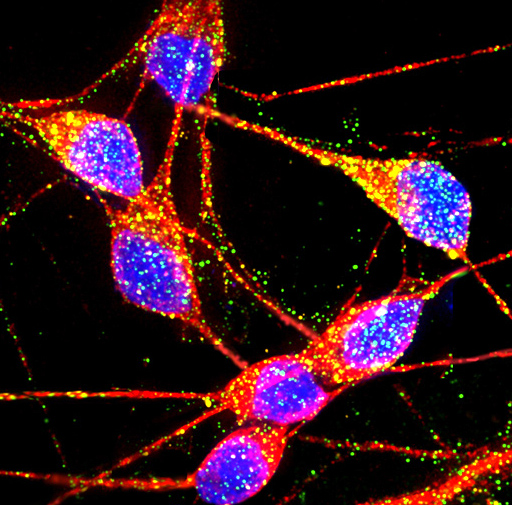Call for more cord therapy
 Australia has a huge database of donated stem cells that cannot legally be used, despite their effectiveness.
Australia has a huge database of donated stem cells that cannot legally be used, despite their effectiveness.
Cord cell therapy that could improve the lives of children with a disability, and Australia has 40,000 donated umbilical cords in storage.
Umbilical cords are packed full of stem cells, which have been used in clinical trials around the world to increase movement skills beyond what is possible in rehabilitation.
While cord blood and tissue samples are being donated by new parents, Australian laws mean umbilical cord samples cannot be legally used for some therapies and research.
It is holding back potential treatments for cerebral palsy and other conditions.
“What we see in these trials is that their movement skills are improved, so if they can already can walk, their walking quality is better and for children with severe cerebral palsy, they are able to do more things,” Cerebral Palsy Alliance Research Institute Professor Iona Novak said.
“Many parents tell us their child is more alert, for example.”
Just 12 families are involved in Australia’s first clinical trial for children with cerebral palsy, which uses sibling cords that have been privately banked.
The national health regulator, the TGA, says; “The only proven safe and effective stem cell treatment is haematopoietic stem cell transplantation (using stem cells from umbilical cord blood or bone marrow) for the treatment of disorders of the blood and immune system such as leukaemia”.
A research group called Cell Care is running trials of different treatments in Australia, with the aim of expanding access to cord cell therapies.







 Print
Print